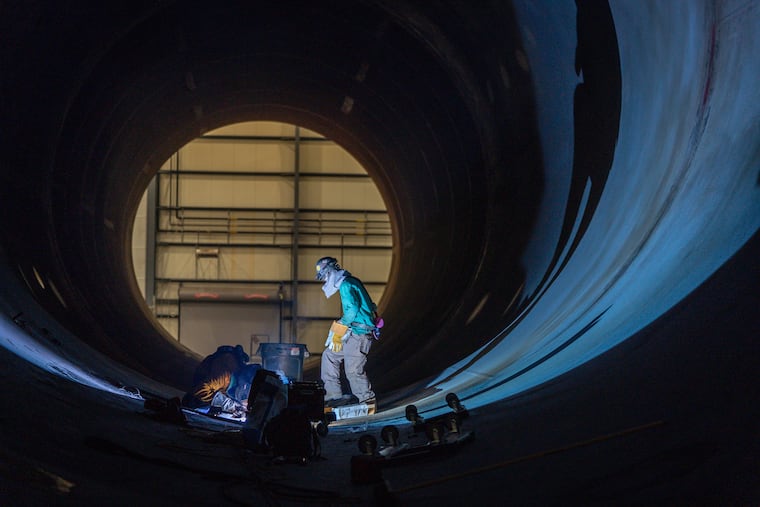Shell withdraws from big N.J. wind farm that Trump wanted ‘dead and gone’
A pullout from the offshore project could hurt communities such as Paulsboro, where a wind-related port promised jobs and town revenue.

A pullout from the offshore project could hurt communities such as Paulsboro, where a wind-related port promised jobs and town revenue.
